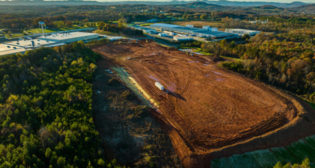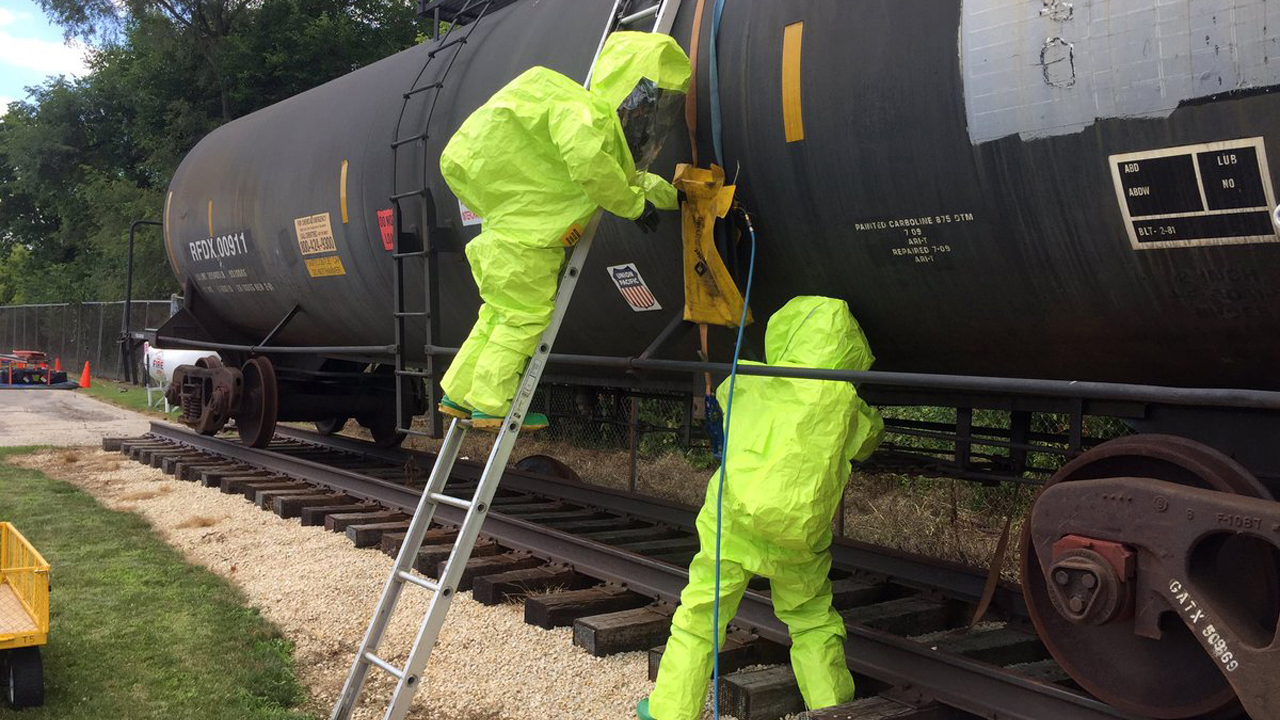
Safety Is Quite Good—But Not Good Enough
Written by Chuck Baker, President, ASLRRA
(Short Line Safety Institute Photograph)
ASLRRA PERSPECTIVE, RAILWAY AGE MAY 2023 ISSUE: The question on the table is: “What is the biggest challenge facing the North American freight rail industry, and how can it be addressed?” The first part of that question seems quite clear now—the public’s perception of railroad safety and railroads more generally is a huge challenge at the moment. How it can be addressed is a bit trickier, but I believe the answers are right there for us.
For short lines, our strong, consistent, friendly presence in local communities is key to everything we do—it’s key for customer service and business development of course, but it’s also key to ensuring that if anything ever does go wrong on the railroad that the community will see us as good partners.
For short line safety, it’s quite good (and it’s quite great if it’s compared to other competing modes), but frankly it’s not good enough. Among the Class II and III railroads combined, we average about 250 derailments per year. Yet while almost all of those are quite minor (there have been a grand total of four cars with hazmat releases caused by derailments on all short lines in the past four years), we can do better.
The good news is that we know the biggest problem areas (simple track and roadbed problems such as rail, joint bars, anchors, track geometry, frogs and switches) and we know how to address them: invest, maintain, inspect, invest, invest and invest. From a national policy perspective, this means that full federal funding of the CRISI program is the single-most effective thing Congress and the Federal Railroad Administration (FRA) can do to support short line safety. We’d also acknowledge that additional track geometry inspection cars for the FRA would be a reasonable, responsive and relevant step the FRA could take.
Doubling down on the Short Line Safety Institute (SLSI) is another way for short lines to address safety concerns. SLSI is all about safety culture, and short lines are signing up by the dozens to invite the SLSI to visit their railroad, peer into every dark corner, talk to every person and provide an unflinching look at how safety is lived every hour of every day. It’s an incredibly powerful and successful process, and we’d like to see it grow with Congressional and FRA support.
Longer term, for the whole industry, RailPulse holds massive promise, not just to address the “where is my stuff” question or various aspects of railcar and payload status (doors open or closed, temperature, etc.), but also to address constant safety monitoring. Putting aside for a moment the challenge of making it happen, it does seem relatively obvious that real-time constant monitoring of wheel bearing temperature, for instance, would be a more powerful solution than intermittent wayside detectors. We should all be looking to push this initiative forward and expand it dramatically. It’s sitting right there for us—a massive win-win-win for customers, railroads and safety.

Beyond the public perception of railroads and the need to get better on safety, the other huge challenge that remains is the need to drive volume growth. Short lines are encouraged with the industry’s recent newfound focus on service, reliability and growth, and are very eager to be part of that story. Short lines will commit to doubling down on what they love doing—bending over backwards to get the customer the service they need and earning their business. We will hustle, fight and scrap for every last carload from every possible customer, current and future. And we’re excited to have partners to do that with us! And I’d point to an obvious link between the two: Every carload of freight that moves by rail instead of by truck on the highway is a safety win for the public, too.



